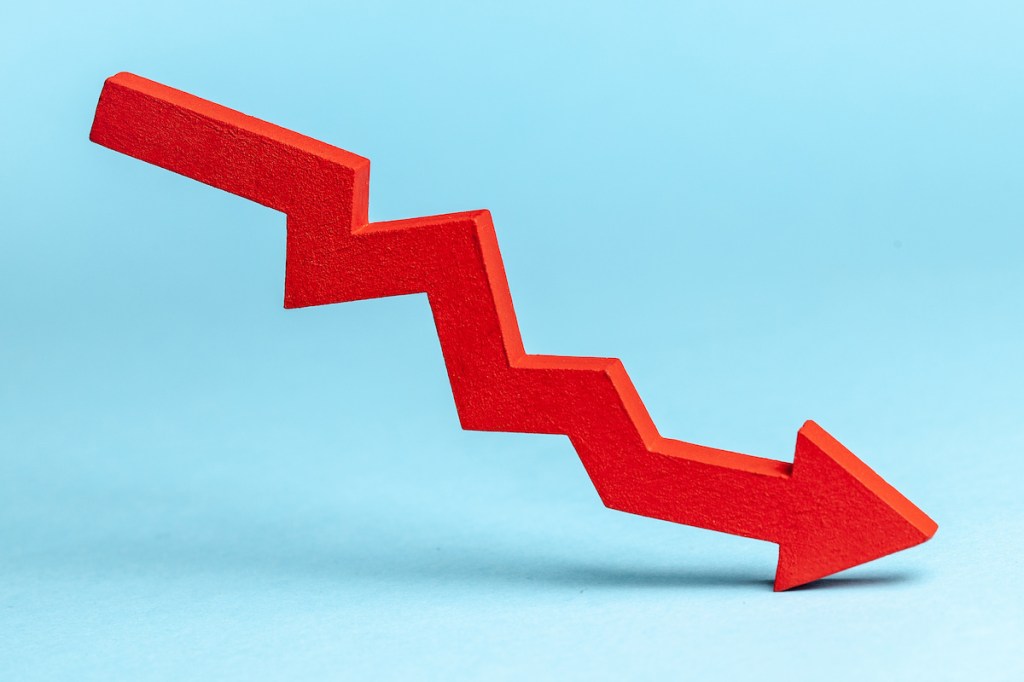The downward trend of borrowers in forbearance picked up speed in the last week of April, falling 11 basis points to 4.36% of servicers’ portfolio volume, according to the Mortgage Bankers Association. This 10th consecutive week of decreases reflects a faster rate of exits and a steady, low level of new requests.
Given forbearance numbers typically decline towards the beginning and end of the month, nearly all investor types experienced some type of drop in forbearance as of May 2. Ginnie Mae loans in particular fell a whopping 20 basis points to 5.82% ― a massive milestone as this is half the total portfolio share the MBA originally recorded (11.6%) at the time of the survey’s creation in May of 2020.
The number of Fannie Mae and Freddie Mac loans in forbearance also managed to fall another 10 basis points, down to 2.32%, while the forbearance share for portfolio loans and private-label securities (PLS) remained unchanged at 8.55%.
The percentage of loans in forbearance for independent mortgage bank servicers decreased 12 basis points to 4.58% and the percentage of loans in forbearance for depository servicers declined 15 basis points to 4.47%.
Mike Fratantoni, MBA’s senior vice president and chief economist, noted loans of homeowners who have exited forbearance and started making their original payment again are performing at almost the same rate as the overall mortgage servicing portfolio.
Of the cumulative forbearance exits for the period from June 1, 2020, through May 2, 2021, 25.3% represented borrowers who continued to make their monthly payments during their forbearance period. However, the largest share of exits has shifted in recent weeks to those who need some form of loan deferral or partial claim (26.9%).
Solving the Post-Close Challenge with Intelligent Automation
Join us for this webinar as SoftWorks AI CEO Ari Gross and Avanze CEO Auvese Pasha explore the advances in technology that allow for greater levels of automation and cost reduction, especially in support of post-close and pre-fund review.
There is also a rising number of borrowers (14.8%) who did not make all of their monthly payments and exited forbearance without a loss mitigation plan in place yet.
On Friday, the MBA released a report of mortgage delinquencies in the first quarter of 2021, a report where the MBA asks servicers to report loans in forbearance as delinquent if the payment was not made based on the original terms of the mortgage. According to the report, there has never been such a substantial decline in the delinquency rate over such a short period of time. The mortgage delinquency rate peaked at 8.22% in the second quarter of 2020 and within three quarters has dropped by 184 basis points to 6.38%.
The MBA now estimates there are still 2.2 million homeowners in some form of forbearance plan, and while a great number have exited and continued to perform, the remaining population is showing a need for additional support.
“More than 47% of borrowers in forbearance extensions are past the 12-month mark as of the end of April,” said Fratantoni. “Many homeowners continue to struggle and are falling farther behind on their obligations each month.”
In April, the Consumer Financial Protection Bureau warned the industry of its plans to keep a much closer eye on servicers as they transition borrowers out of forbearance. On May 4, the government watchdog again warned servicers, revealing that in March 2021 consumers submitted more mortgage complaints to the CFPB than in any month since April 2018.
Complaints ranged from not being able to reach their servicers, to misinformation or lack of information, to confusing and incomplete post-forbearance options.
But the MBA is confident that the economy and servicers are braced for the eventual end of forbearance.
“We expect that a robust economic and job market recovery over the next several months will help these families regain their jobs and their incomes,” Fratantoni said.





